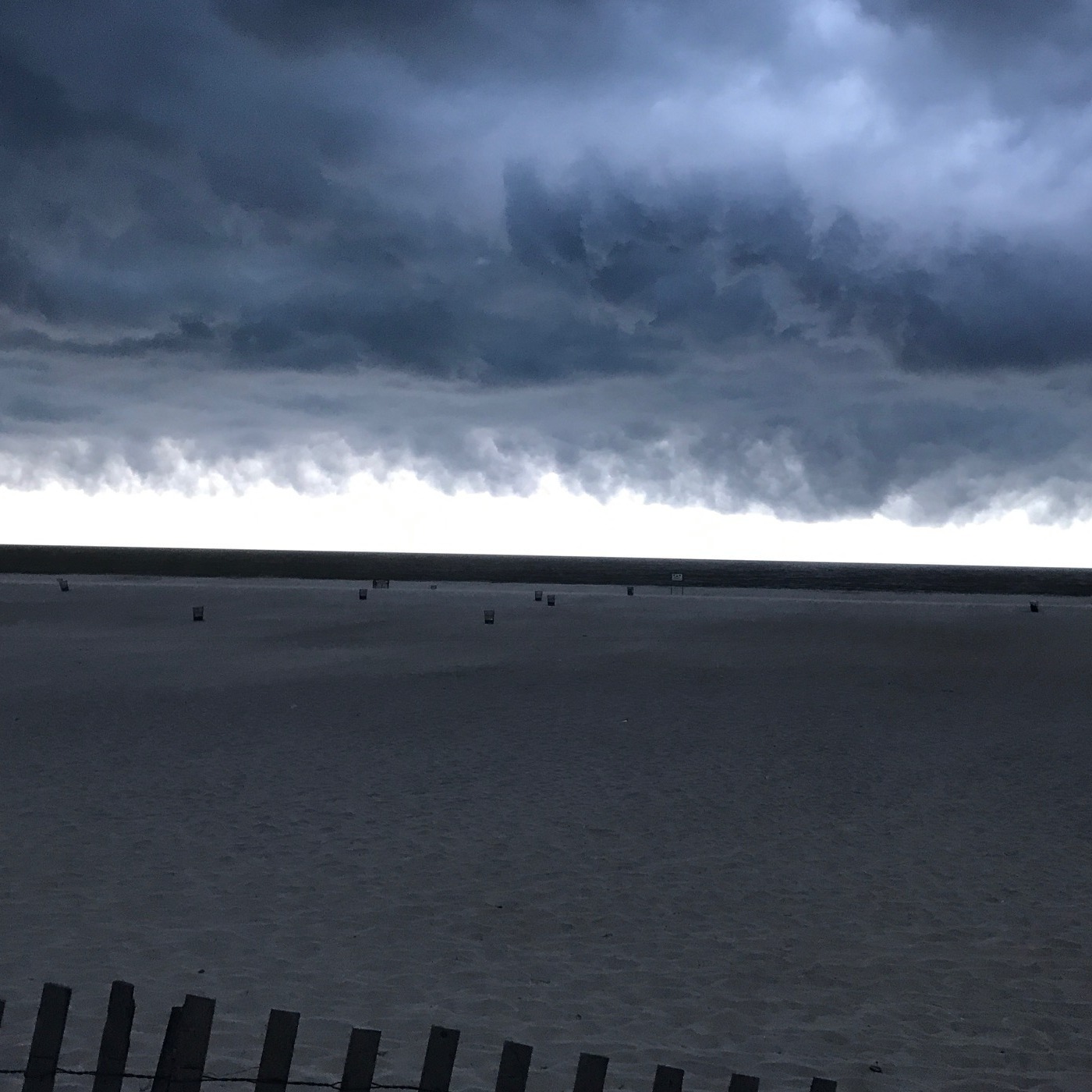Bk. 1, Pt. 2, Ch. 9a: Chased towards Vienna (through Lambach, Amstetten & Dürenstein)
This episode elaborates on Tolstoy’s depiction of the historic retreat of Kutuzov eastward (following the Danube) towards Vienna. Kutuzov’s army amounted to 35K and were often buttressed by similarly retreating Austrian allies. The first part of Ch. 9 references this march along with three battles where the French vanguard caught up with Kutuzov’s rear-guard.
The previous chapters mention Napoleon’s mastery at Ulm, where around 25K Austrians surrendered after a brilliant encircling maneuver. Austrians who escaped were also retreating toward Vienna. There was a notion manpower should concentrate on defending the Capital.
Kutuzov’s army was pursued by a significant detachment of the Grand Armée as Napoleon wished to pin them down -- allowing Napoleon to concentrate additional forces on taking Vienna.
Kutuzov finds himself among an increasingly hostile civilian population. Many were prone to welcome the French rather than encounter Russians, whose necessity to live off the land wore out any welcome.
On Oct. 28, 1805, Kutuzov had his army cross the Danube. This allowed him to postpone any conflicts until the Battle of Lamach on 10/31. It involved about 3,700 allies and similar amount of French. The French were led by Marshall Louis-Nicolas Davout (The Iron Marshall). Kutuzov delegated the defense to General Pyotr Bagration. The engagement took place in a small village and involved calvary, hussars and artillery. The French won the field but Bagration held off Davout long enough to allow Kutuzov an effective retreat. The French only suffered about 50 casualties (killed or wounded) while the Russians likely experienced 150 and Austrians 400.
Soon after, on 11/5 was the Battle of Amstetten. It was the first time during the War of the Third Coalition that Kutuzov's forces were involved such a sizable conflict. There were around 7K allies and 10K French. Traditional techniques were used, including using the terrain to an advantage, as well as retreats and counterattacks with reinforcements. The was a mad calvary charge led by Marshall Joachim Murat. For Murat, known for bravery and rashness -- this was not a shining moment. Estimates indicate 300 casualties for Bagration’s forces and 1,000 each for Austrians and French. Once again, Bagration gave Kutuzov’s main force sufficient distance from the French. On the field, there was no clear winner.
The Battle of Dürenstein then took place on 11/11. Here, Kutuzov’s army achieved its greatest success to date, which provided quite the (temporary) morale boost. The allies drove off the French, who were under Marshal Edouard Mortier. Around 24K allies faced 14K French and Kutuzov’s men captured some artillery, battle standards and prisoners. Each side took around 5K casualties. It appears Mortier overextended his vanguard and paid the price, getting his men caught in a valley between two opposing columns. Overall, the Austrians took the worst of the affair as General Johann Henrich Von Schmitt was killed. Schmitt was a respected strategist, surveyor and map maker. He was likely accidentally shot by a Russian soldier, which was greatly resented.
Tolstoy describes the increase of casualties. Kutuzov is compelled to leave throngs of his wounded behind, with a cordial note – commending them to the humanity of the French. The expectation was that the prisoners would be treated and exchanged. However, the countryside was overwhelmed and proper treatment was an impossibility.
